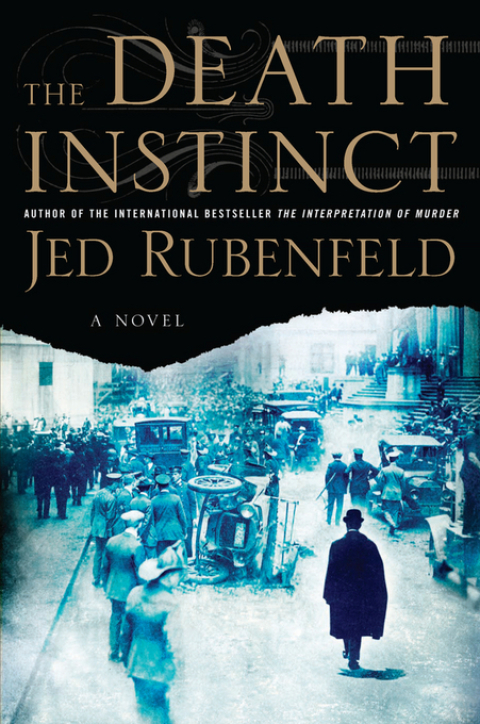
Death Instinct PDF
Preview Death Instinct
Starred Review. The 1920 bombing of Wall Street, the most deadly act of terrorism in the United States until the Oklahoma blast of 1995, provides the framework for Rubenfeld's excellent follow-up to The Interpretation of Murder. The sweeping plot details the baffling hunt for those responsible for the death and injury of more than 400 New Yorkers. Numerous intriguing subplots snake out from the main story line, several of which bring such historical figures as Marie Curie, famous for her radium experiments, and Sigmund Freud, who had a significant role in the previous book, to life. Rubenfeld deftly wends his way through the shifting landscape with a historian's factual touch and a storyteller's eye for the dramatic and telling. Readers will be enthralled as Dr. Stratham Younger, the hero of The Interpretation of Murder--aided by his beautiful fiancée, scientist Colette Rousseau, and Det. James Littlemore--manages to solve the Wall Street bombing, something that the real authorities never did. (Jan.)
(c) Copyright PWxyz, LLC. All rights reserved.
The destruction of the World Trade Center was not New York’s first terrorist attack. In 1920, a bomb blast on Wall Street sent cars tumbling and bodies flying. Rubenfeld’s novel, opening with the explosion, has the feel of a historical mystery. A cop and his sidekick are on the scene at once. The investigation begins. A witness to the explosion recalls seeing something that didn’t belong but can’t recall it. Thriller under way? Well, not exactly. Suddenly we’re into a 30-page World War I flashback. Then we visit Vienna for tea with Doctor Freud. We learn of Marie Curie’s work with radium. The sidekick has a rocky time with his love life, and we learn all about it. This fat book is heir to Caleb Carr’s The Alienist, using the detective format as a chance to wander in the past. Rubenfeld ends with an explanation of the 1920 attack that finds parallels to 9/11. The leads are witty, and the prose is elegant. But readers should prepare to wallow in the book and take it slowly. --Don Crinklaw
